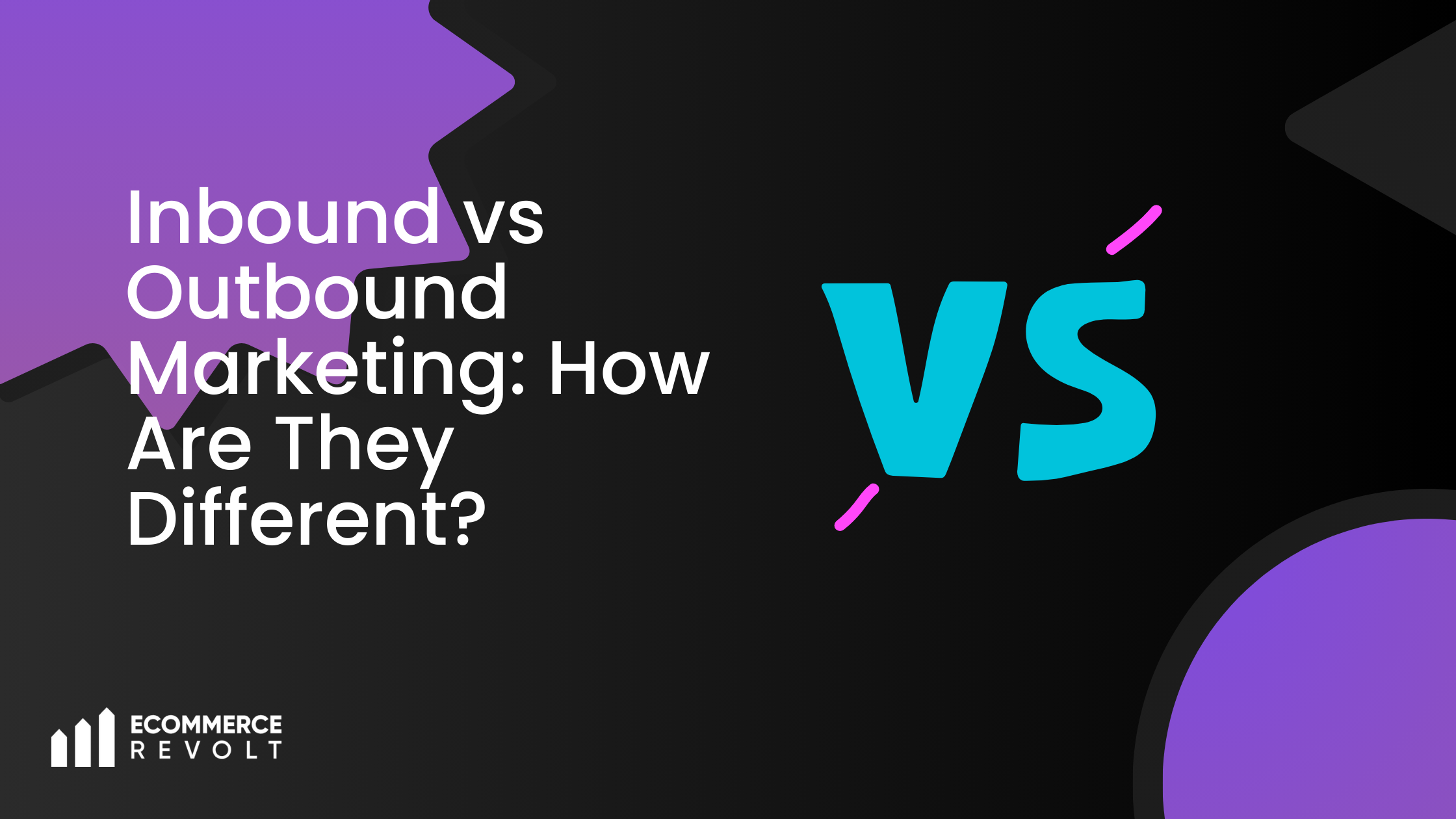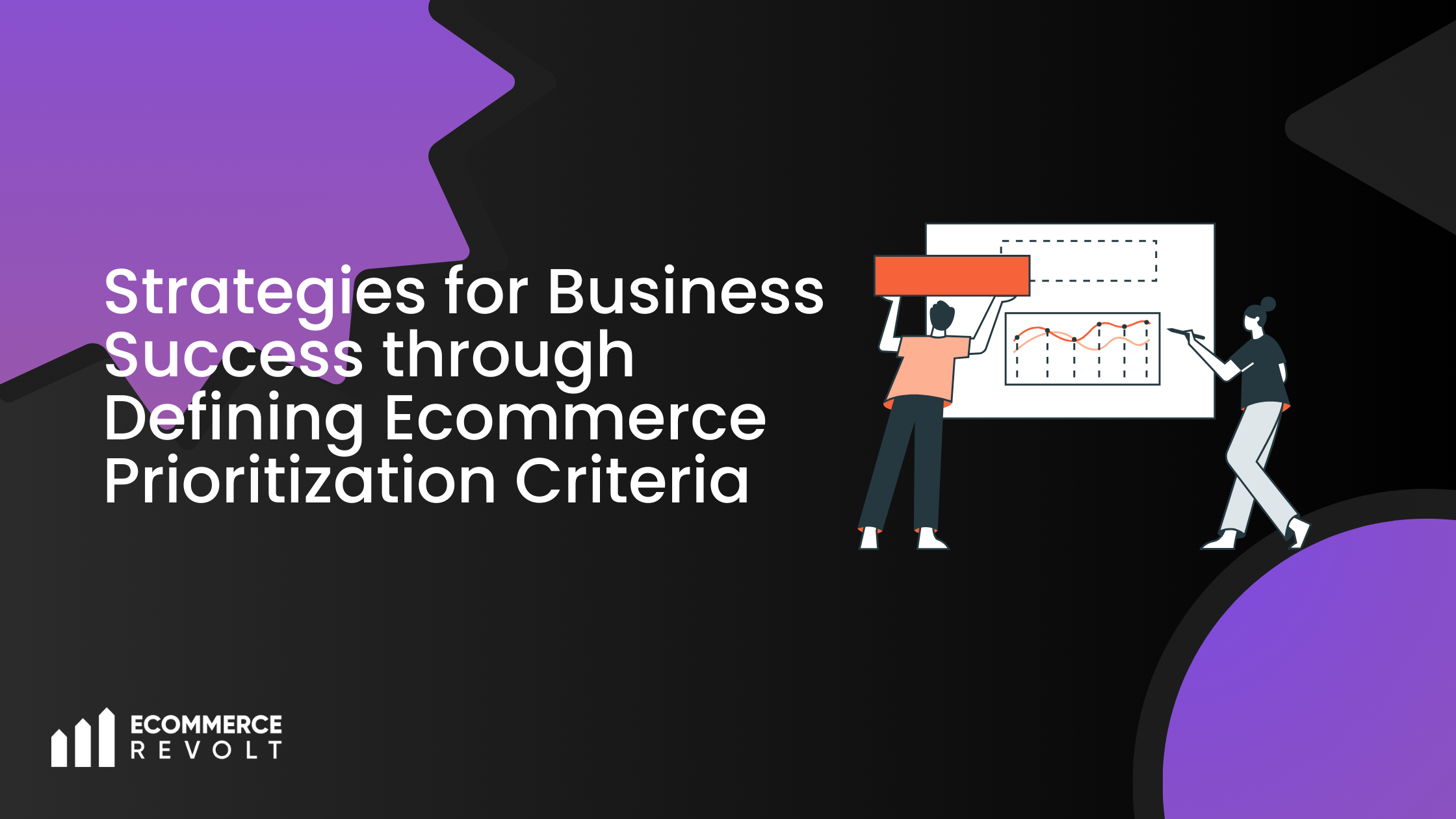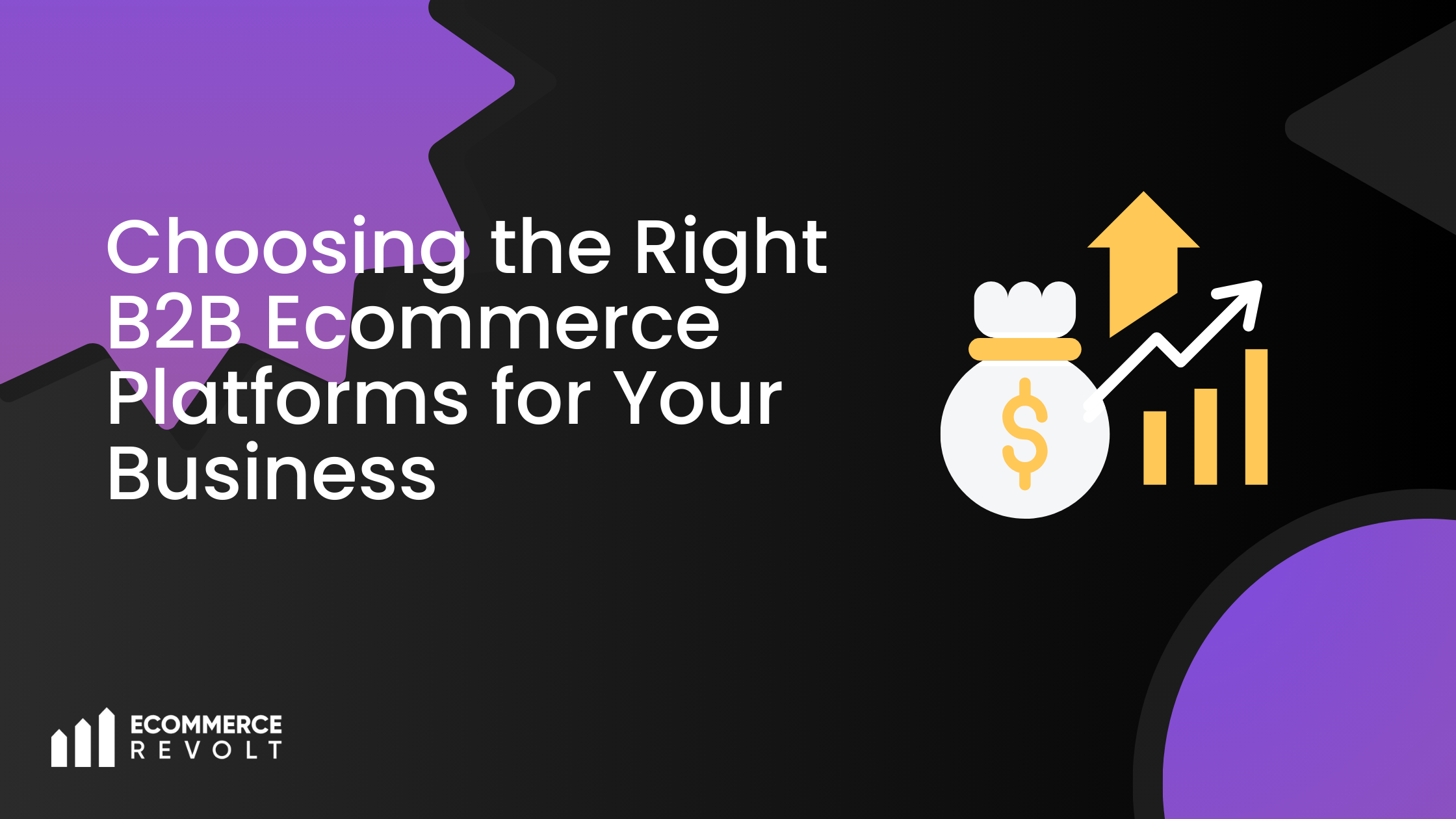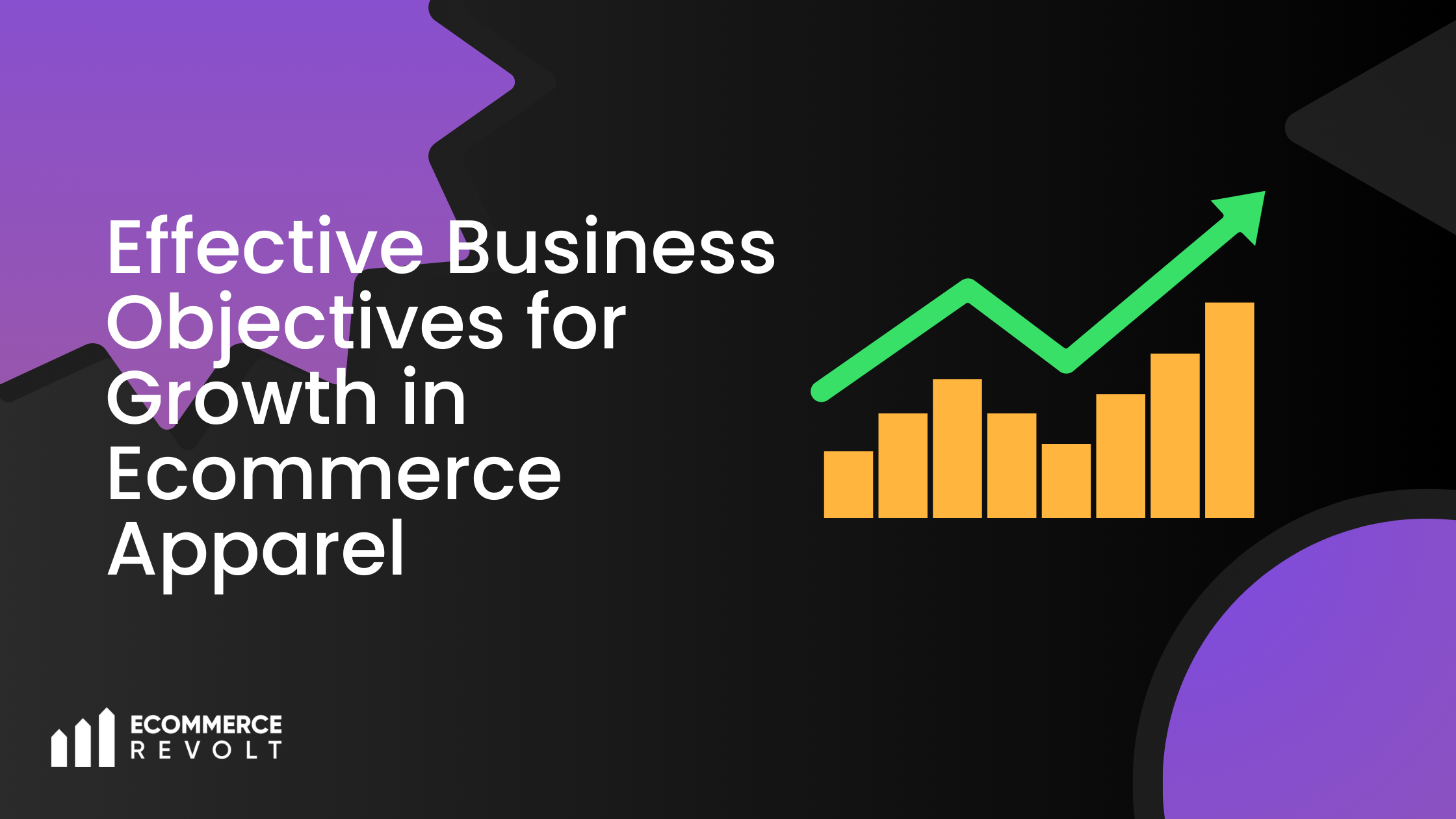Marketing has been dynamic in the current world under constant innovations and the change in technology making marketing strategies change as well. The biggest change in this world is the difference of inbound and outbound marketing. These two approaches are different from one another and are employed for entirely different purposes. This article will show us the correlation between inbound and outbound marketing and how each of them works in the process. It’s time to jump in and explore the exciting topic of inbound vs outbound marketing.
Inbound Marketing:
Inbound marketing describes the idea whereby prospects and customers are encouraged to visit or come to companies through different channels. These strategies are generally based upon the provision of good quality content or good quality communication with customers. Inbound marketing is all about the optimisation of the customer’s journey with a brand’s product or service and the primary goal of the strategy is the constant and sustained conversion of customers from prospects into promoters. It is about the customer – offering value, identifying and delivering the requirements of the customer and them and doing good customer service.
Some of the key tactics of inbound marketing include:
- Content marketing: Sharing useful and relevant content with your audience in order to lure and maintain the attention of users, who might be interested in using your product or service.
- Social media marketing: To engage your target group and provide them with the information they might find interesting through social network pages while being polite.
- Search engine optimisation (SEO): Promoting which means enhancing your content or rather your website to appear on the SERP and drive organic traffic.
- Email marketing: Sharing of relevant, personalised and timely emails to the leads that have already shown an interest in your products or services.
Outbound Marketing:
On the other hand, we have outbound marketing where a firm intrudes into the life of a potential customer with a marketing message often using conventional methods. It also entails intruding into the potential customers’ world and trying to persuade them that they cannot do without your goods and/or services. Outbound marketing tactics include:
- Print and TV ads: This includes newspapers, magazines, radio and television normally widespread as opposed to being segmented.
- Cold calling: Communicating with individuals who have not sought out your business, or shown interest in your product or service.
- Billboard advertising: In layman’s terms it means taking large billboards and advertising them in areas that people frequent to catch the eyes of potential clients.
- Junk emails (spam): A method of specifically targeting a potential customer with an email offer, with the offer of free goods or lower-than-normal prices.
The Difference Between Inbound and Outbound Marketing:
Now that we have explored the definitions and tactics of both inbound and outbound marketing, let’s take a look at the main differences between them:
- Targeted approach: Inbound marketing is centred upon getting customers to take an interest in the things you are offering and reaching out to them. So, outbound marketing involves invading the lives of potential consumers against their wishes.
- Cost-effectiveness: Inbound marketing is cheaper, longer, and generates more revenue since it involves creating content that people are still going to visit now that it is out there. Outbound is costly since it has to run advertisements all the time, and there is no assurance of the kind of results to be achieved.
- Customer engagement: Inbound marketing involves the concepts of attracting customers and nurturing a business relationship with him/her while outbound marketing mainly sells and at times uses a rude approach to push its products to the targeted customers.
- Sustainability: Inbound marketing is usually more classic compared to outbound, as it involves marketing automation, being search-engine-optimised, and word-of-mouth. Conventional marketing is expensive, as it often calls for a constant fixing of funds into its process at the end of which their outcome is always not guaranteed.
Conclusion:
Outbound marketing has its strengths and weaknesses as does inbound marketing Therefore, the decision to use either of them depends on the company’s objectives, its financial muscle, and its target market. Inbound marketing is a very powerful technique for use by those firms, which are willing to capture, influence, and maintain their customers with benefits and trust. In contrast, outbound marketing can be useful for firms that expect quick returns although the said manner may be ineffective over time.
Therefore, are you prepared to improve your marketing skills? Utilise the concept of inbound and outbound marketing and see how your audience will change, brand loyalty will rise and your business will expand. For more information about the potential of personalised marketing contact Ecommerce Revolt now and become a part of the success!








